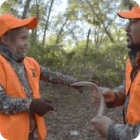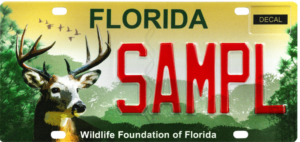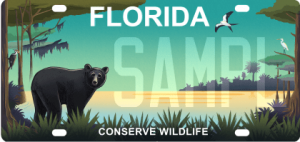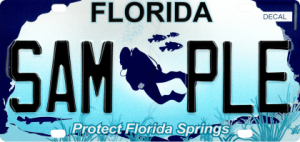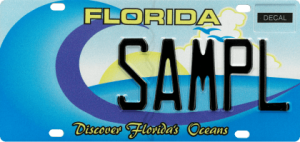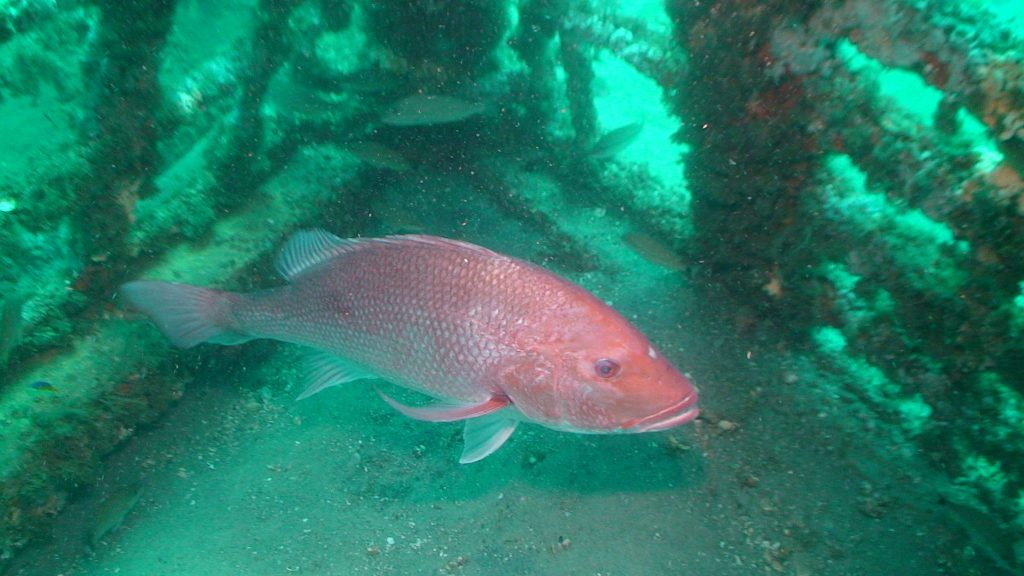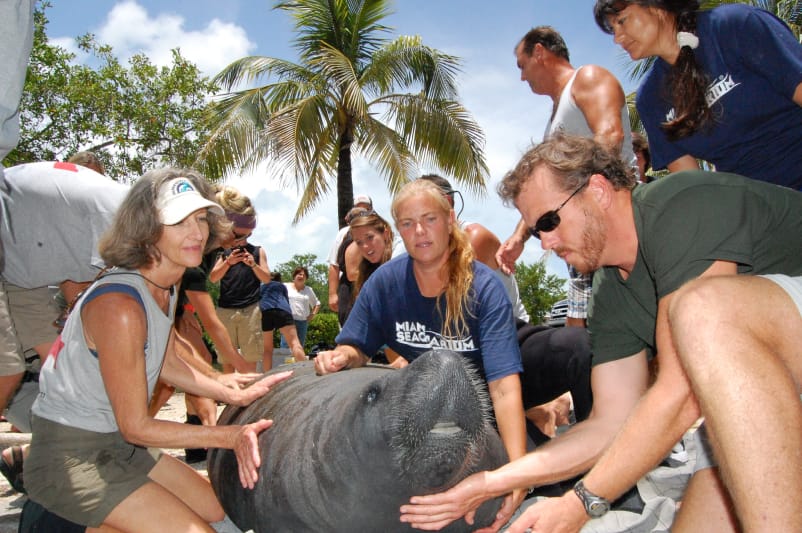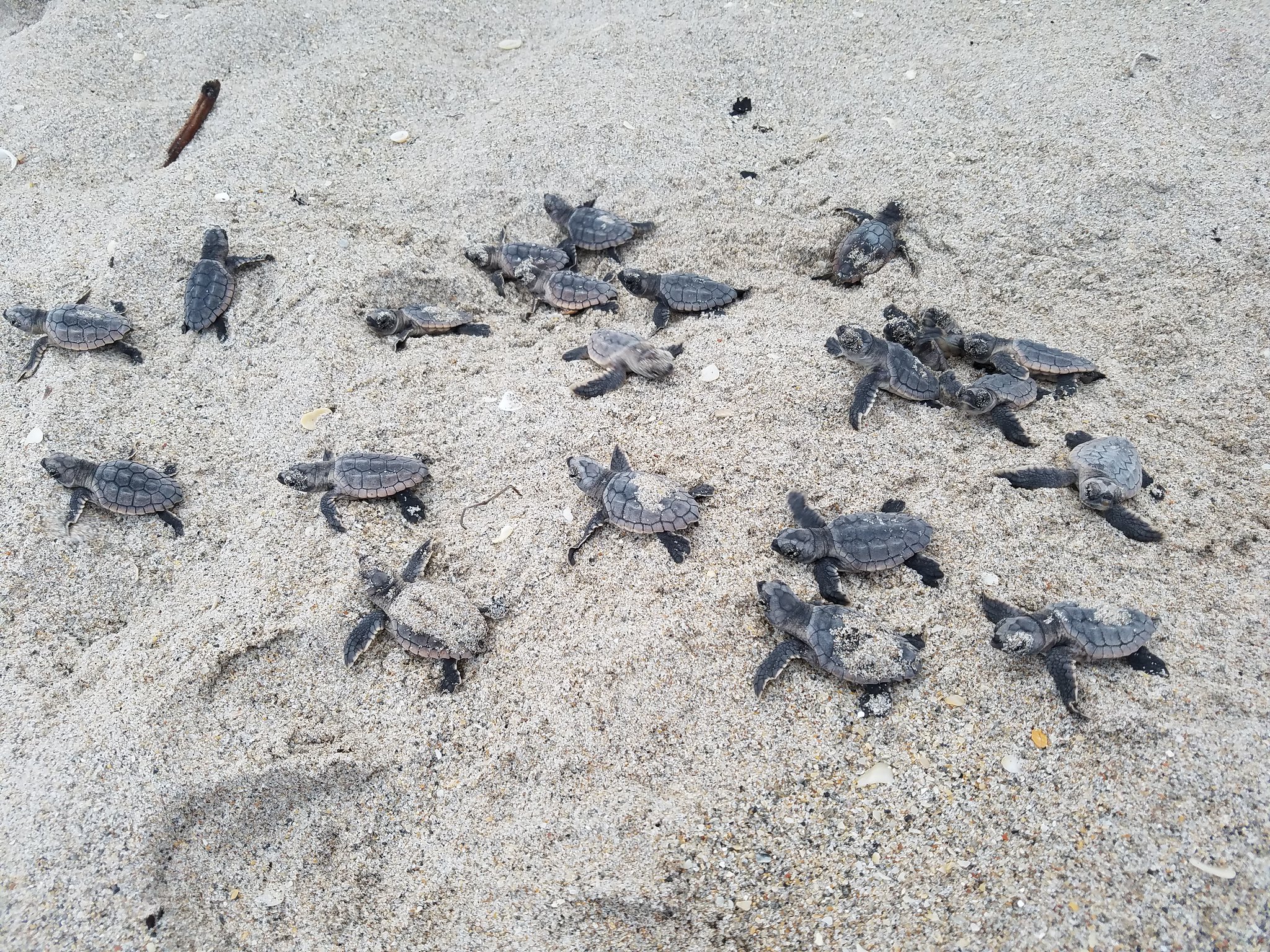
By: Kyle Grammatica
Nesting season, from the beginning of May to the end of October, is an important time of year for Florida’s endangered sea turtle species. Around 90% of sea turtles in the United States make their nests on Florida’s beaches. It’s very important that precautions are taken to protect these vulnerable animals and their nests.
The Nesting Process
Mother sea turtles climb onto the beach and begin digging a nest using their back flippers. They then fill in the hole and go back to the ocean, leaving the turtle hatchlings to fend for themselves. After about two months, the baby turtles begin to hatch, and after waiting a few days, start climbing out of the sand. They usually wait for nightfall, when predators are less likely to be around for their difficult journey to the ocean. Once a hatchling reaches the water, they start swimming frantically for days to reach waters where predators are less abundant. Even with this journey completed, surviving is no small task for a hatchling. It is estimated that only 1 out of 1,000 sea turtles reach adulthood.
Temperature has a big impact on sea turtle hatchlings. The time it takes to hatch is dependent partially on the temperature of the sand. Sea turtles are also born without sex chromosomes, so the temperature of the eggs determines whether the hatchlings are males or females. Warmer temperatures result in female turtles while males hatch from colder eggs. Rising temperatures could pose a risk to sea turtle populations as more females would hatch, making it difficult to find a mate.
How We Can Help
Here are some things you can do to help ensure that sea turtle mothers and their babies have the best chance to survive nesting and reach the ocean.
Turn off your lights if you live by the beach
Turtle hatchlings rely on the natural light horizon over the ocean and the whites of wave crests to lead them to the water. If you live near the beach, use sea turtle friendly lighting or turn off visible lights to give the hatchlings the best chance to find the ocean.
Remove physical obstacles in the turtle’s paths
If you dig holes in the sand, fill them in before you leave the beach. Mother turtles and the hatchlings can fall in the holes and be unable to get out of them. Large sandcastles, beach chairs, tents, etc. can trap turtles or confuse them when trying to find the water. It is best to remove these items and store them away from the shoreline.
Do not bother or touch any sea turtles or their nests
It is important that the turtle hatchlings find the ocean on their own as this process lets them imprint on the beach. As tempting as it may be to help a struggling hatchling, you have allow them to move on their own. Touching sea turtles is also illegal federally and in the state of Florida.
You can donate here to help protect Florida’s endangered sea turtle species here.




